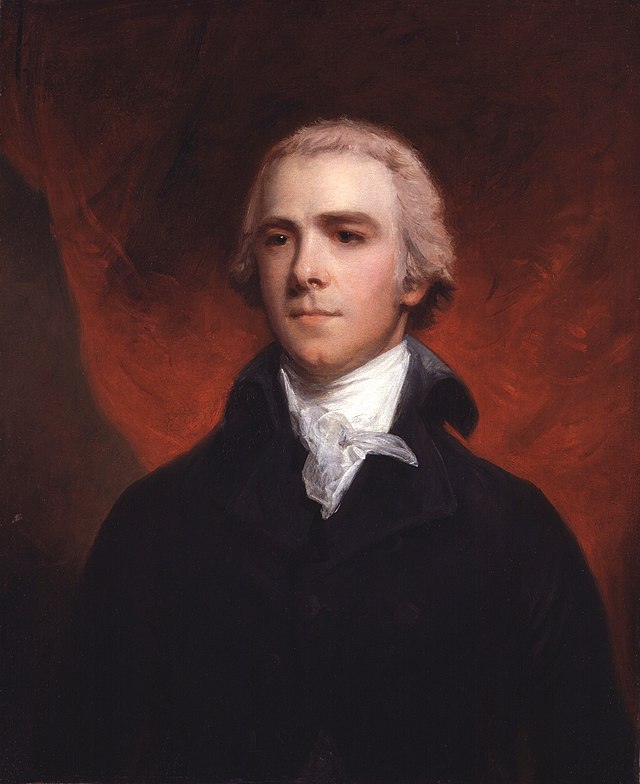Top Qs
Timeline
Chat
Perspective
Ministry of All the Talents
National unity government of the United Kingdom from February 1806 to March 1807 From Wikipedia, the free encyclopedia
Remove ads
The Ministry of All the Talents was a national unity government in the United Kingdom of Great Britain and Ireland formed by William Grenville, 1st Baron Grenville, on his appointment as prime minister on 11 February 1806, following the death of William Pitt the Younger.[1][2]

Remove ads
History
With the country remaining at war, Grenville aimed to form the strongest possible government and so included most leading politicians from almost all groupings, although some followers of the younger Pitt, led by George Canning, refused to join.
The inclusion of Charles James Fox surprised some as King George III had previously been very hostile to Fox, but the King's willingness to put aside past enmities for the sake of national unity encouraged many others to join or support the government as well. The ministry boasted a fairly progressive agenda, much of it inherited from Pitt.
The Ministry of All the Talents had comparatively little success, failing to bring the sought-after peace with France. In fact, the war continued for nearly another decade. It did, however, abolish the slave trade in Britain in 1807 before breaking up in 1807 over the question of Catholic emancipation.
It was succeeded by the Second Portland ministry, headed by William Cavendish-Bentinck, 3rd Duke of Portland.
Remove ads
List of ministers
Summarize
Perspective
Members of the Cabinet are in bold face.


- Notes
- Styled Viscount Howick from 11 April 1806.
- Earl Temple concurrently served as Paymaster of the Forces and Vice-President of the Board of Trade.
Remove ads
Other uses of the term
The term has since been used in politics to describe an administration with members from more than one party or even a non-coalition government that enjoys cross-party support due to gifted and/or non-partisan members. Examples include the coalition government which led the United Kingdom through the Second World War and the Canadian government that won the 1896 election.[3] In Ireland, the Government of the 20th Dáil (a Fine Gael–Labour coalition that was in office between 1973 and 1977) was widely called the "cabinet of all the talents."[4][5][6]
See also
References
Wikiwand - on
Seamless Wikipedia browsing. On steroids.
Remove ads
